Five things to know about Philippine communist rebels
The communists' support is mostly in deeply poor rural areas of the Philippines
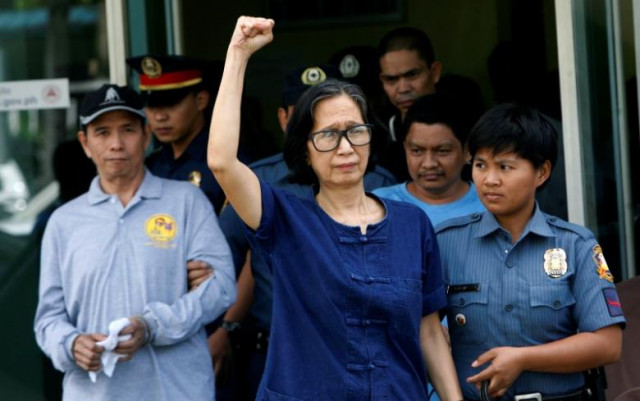
Philippines communist leaders Benito Tiamzon (L) and wife Wilma Austria Tiamzon (C) are escorted by police after they were arrested, in Manila March 23, 2014. PHOTO: REUTERS
Here are five things to know about the insurgency, and the prospects for peace:
China to strengthen Communist Party's role in non-govt bodies
The Communist Party of the Philippines (CPP) was established in 1968 by political science lecturer Jose Maria Sison, with its New People's Army (NPA) set up the following year. Its goals have been to overthrow the government and establish a Maoist-style communist regime that will end "US imperialism" in the former American colony. Sison has been living in exile in the Netherlands since the late 1980s.
At least 30,000 people have died in the conflict, according to the military. It estimates the NPA has about 4,000 fighters, down from a peak of 26,000 in the 1980s. They remain particularly active in rural areas of the archipelago, where they are well known for extorting money from local businesses. Their regular attacks on police and military forces also occasionally reach into urban areas.
In 2002, the US State Department designated the communist party and the NPA foreign terrorist organisations.
The communists' support is mostly in deeply poor rural areas of the Philippines. The archipelago has one of the largest rich-poor divides in Asia, with one quarter of its roughly 100 million people living on a dollar or less a day.
Putin dismisses powerful chief of staff
The communists are also able to exploit dissatisfaction over a feudal and corrupt democracy, which was formed after the 1986 "People Power" revolution that overthrew dictator Ferdinand Marcos.
One of the top priorities of the new president, Rodrigo Duterte, who won a landslide election victory in May and took office in June, is to broker peace with the communists. Duterte, who calls himself a socialist, is a former university student of Sison and has close links to the communists. His cabinet secretary is a former rebel leader.
Duterte hails from Mindanao, the impoverished southern third of the Philippines where communist and Muslim rebellions have been most active. Duterte says ending both insurgencies is vital to his plan to sharply reduce poverty.
The Philippine government said at the start of Monday's talks that a peace deal could be reached in nine to 12 months.
China's Xi most powerful leader since Chairman Mao
However many obstacles remain. Chiefly, it remains unclear whether the communists are prepared to give up their primary goal of overthrowing the capitalist system. There are also questions over how much influence Sison, 77, still has after so many years in exile, particularly on some rural guerrillas more interested in criminal profit than ideology.
Every president since the restoration of democracy has tried and failed to seal a peace pact. Nevertheless, many Filipinos believe Duterte can achieve what has eluded his predecessors.

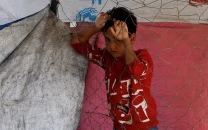

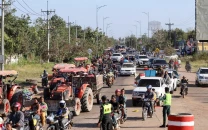

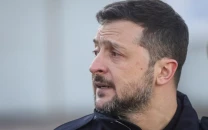
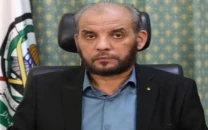





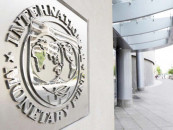






COMMENTS
Comments are moderated and generally will be posted if they are on-topic and not abusive.
For more information, please see our Comments FAQ